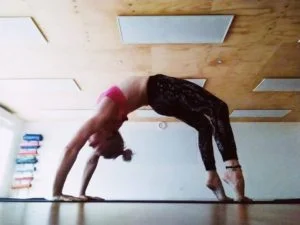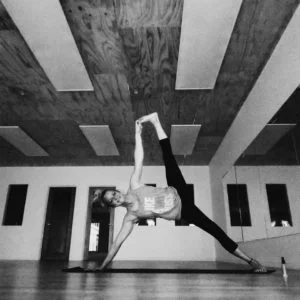Yoga classes aids in calming your mind
Yoga classes are a great way to treat yourself in a healthy, mindful self care activity. Self care is the definition of an activity that re-energises one-self and is simply ‘good for the soul’. But why does Yoga do this?
Yoga and the vagus nerve
The vagus nerve (also known as the wandering nerve) has many functions throughout the human body. These include: control of heart rate and respiration, peristalsis of the digestive tract, sweating, muscle movements of the mouth, speech and hearing. The vagus nerve is the 10th cranial nerve and extends from the brain through the body and into the digestive system. Improved vagal tone is associated with better stress coping mechanisms. This is the ability to “shift” from the fight and flight sympathetic response to the rest and digest parasympathetic response. Contrastingly, low vagal tone is associated with poor psychological health and stress coping, poor digestion and low metabolism, increased inflammation and increased risk of cardiovascular disease.
Asana (postures):
Backbends
Backbends help to innervate the parasympathetic nervous system (the rest and digest response). This may relieve sluggishness, fatigue and can assist practitioners to feel comfortable in positions that may reduce the capacity for deep breathing therefore allowing for better coping strategies.
Sun salutations
Sun salutations and flowing sequences are invigorating and help to free the body of lethargy. Not only will they leave you feeling refreshed and energised, they help to stimulate the vagus nerve by increasing the demand of blood supply to the body through the fast paced movements.
Inversions
Whether practicing a full inversion like headstand or handstand or a gentle inversion like legs up the wall pose. Inversions help to stimulate the vagus nerve and assist with lymphatic drainage. Essentially, any position that uses gravity to push blood towards the head, is considered an inversion and will help to control blood pressure.
Pranayama (controlled yogic breath):
Brahmari
Brahmari (pronounced Brah- mar- EE) translates to the buzzing of the bees and is a type of controlled breathing focusing on humming on expiration.
- To practice: keeping your mouth closed, with your exhalation make a low- to medium-pitched humming sound in your throat.
- As you make the sound, which should last the entire length of the exhalation
- Tune into the literal vibration of the sound waves in your throat and even in your skull and brain
- Then inhale through your nose, and if you’re comfortable, repeat.
- Try to make your transitions into and out of each humming exhalation as smooth as possible.
- You might like to begin practicing for 1 minute at a time and then extend to 2, 3 minutes after you feel more comfortable.
- At no stage should you feel “out of breath”, if you do take a couple of regular breaths and then resume brahmari when you feel ready.
Call 8353 5533 to book your place at a class today!
Make it happen!
Team Viva





